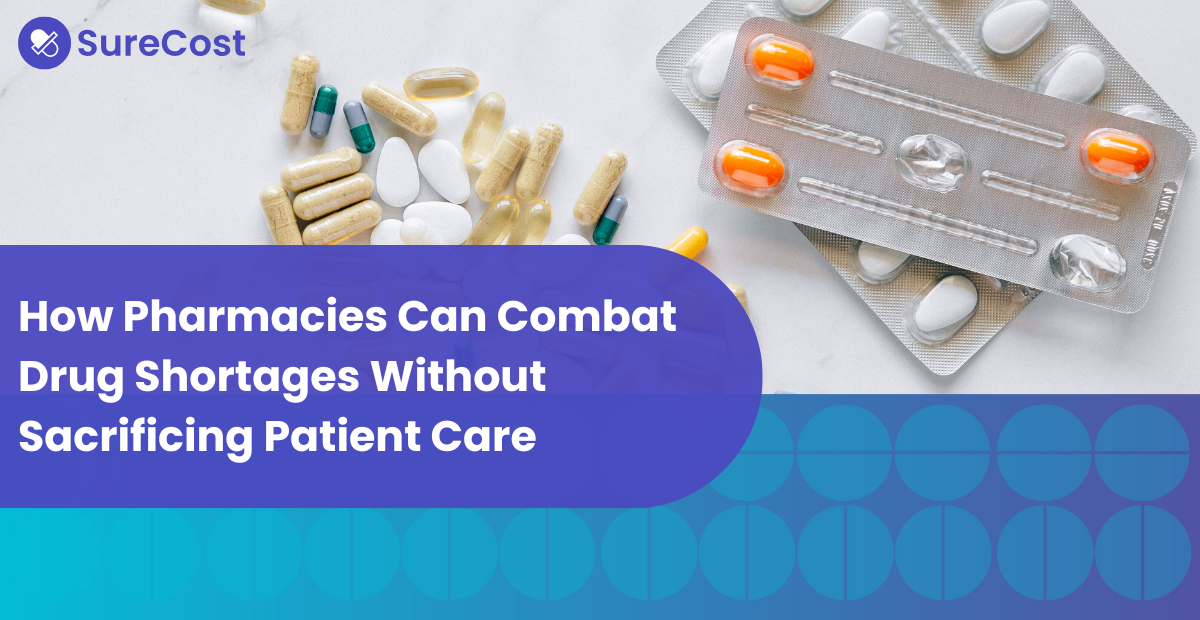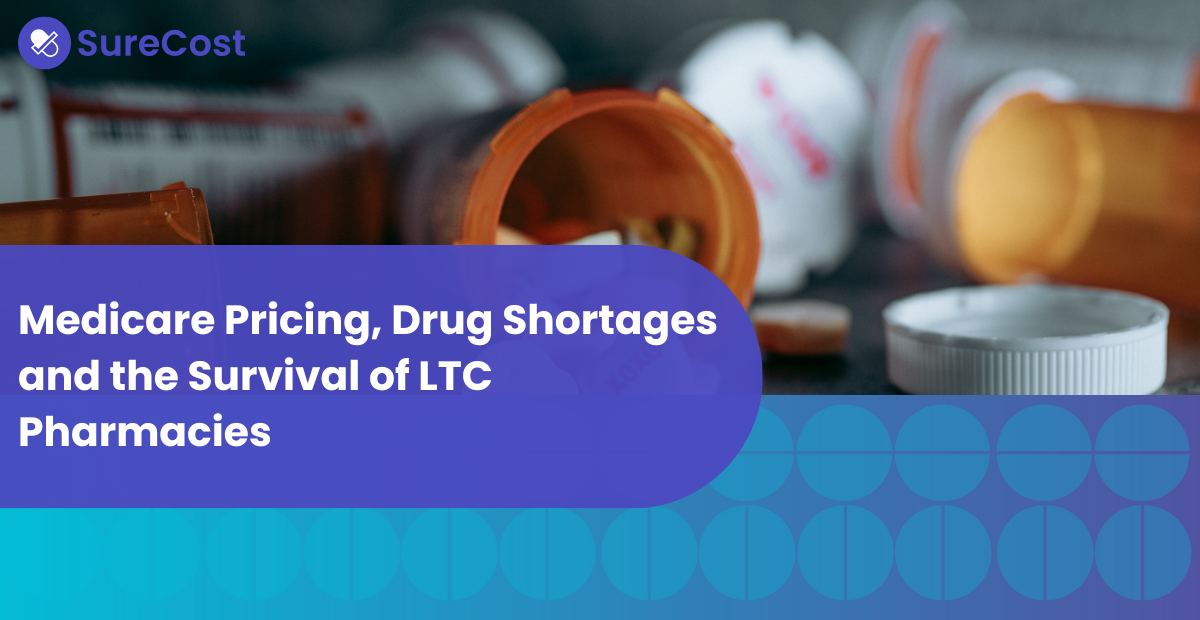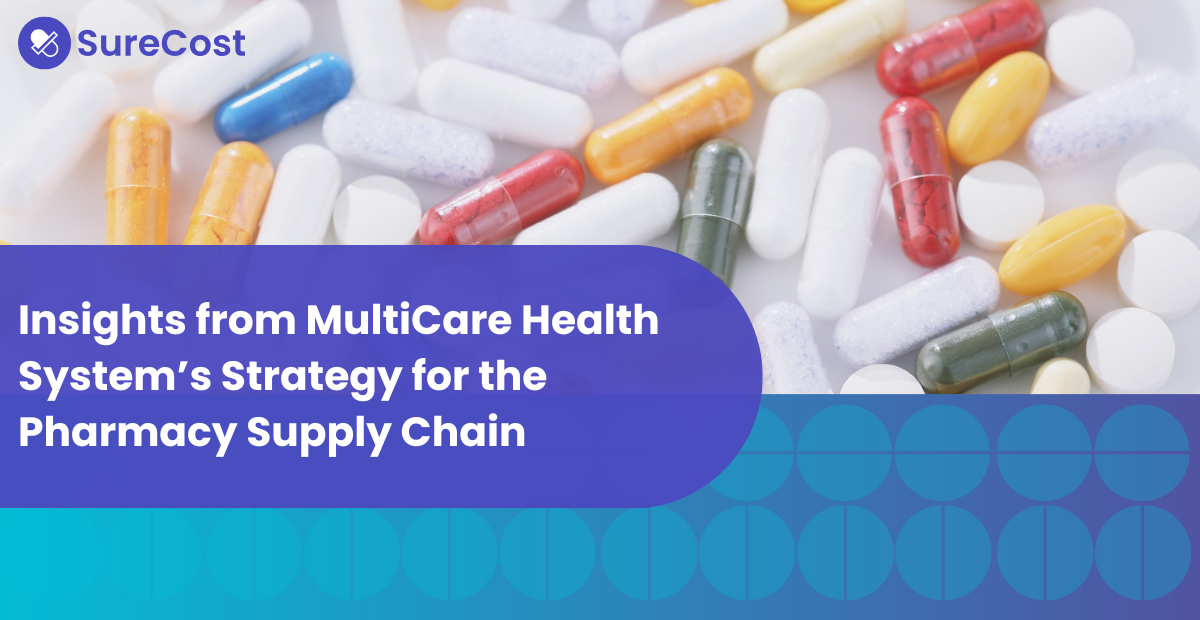Regardless of the size of your pharmacy or its trade classification, if you’re dispensing drugs to patients, we all understand how drug shortages disrupt the continuity of patient care. When pharmacies can’t purchase products, patients don’t get their medications. That disrupts the patient’s care, erodes confidence in their pharmacy and drives them to other providers. A shortage of just one medication can affect patient outcomes, complicate pharmacy operations, stress staff,\ and place further financial strain in an already competitive industry.
Now multiply that by 301. That’s what pharmacies faced when the number of active ongoing drug shortages reached a new peak in the first quarter of 2023, the highest amount since 2014.
The number has decreased since then, but 271 active drug shortages still pose a significant challenge to patient care. This includes substantial supply issues for specific items, such as GLP-1 products, amid tariffs, geopolitical issues and raw material shortages.
Disruptions aren't slowing down, but patients still need their medications. This blog post outlines tools and strategies for pharmacies to stay proactive and mitigate the impact of drug shortages on their patients.
Expand and Diversify Your Sources
If you rely on a single source, such as your primary vendor, for all your products, that means expecting that source to always have enough of the exact products you need available at all times. That’s an unrealistic expectation for any vendor when hundreds of drug shortages occur at a time, which is now the industry norm. It’s also a risky assumption for your pharmacy and patients. If your primary is out of a product, you’re out of options. Scrambling to find new sourcing while your patient waits for their medication complicates an already stressful situation. If you can even find alternative sourcing, you’re starting that vendor relationship in a hurry based on desperation.
More vendors mean more options when the next shortage hits. Backup vendors empower you to be proactive (instead of waiting for one vendor to obtain enough stock or respond to your inquiries among all their other customers). Your primary vendor will handle your pharmacy’s procurement most of the time. But with an expanded purchasing portfolio, you can find enough of the product until your primary can replenish its supply. Multiple vendor agreements also mean multiple specials and negotiated prices.
Streamline Procurement
Managing all these vendors shouldn’t complicate your operations. If you’re purchasing from multiple sources, you need tools to maximize savings, optimize primary vendor compliance and ensure vendor accountability. That requires unified pharmacy procurement software that consolidates all purchasing data into a single interface.
Within that “single source of truth,” the solution automatically compares all purchasing options across all vendors (primary, secondaries, GPO/buying group, direct from manufacturers, etc.) It’s not just searching for one item. A unified procurement solution can instantly identify and purchase packing alternatives, availability for the same NDC and equivalent NDCs and other options. If patients or clinical providers request medications and your current vendors are out of stock, a solution like SureCost provides vendor pairing to search by NDC, find other vendors that do carry the product or submit a request for new sourcing options.
The system analyzes options based on a variety of factors, such as actual cost (not just the lowest given price, as there is a difference!), real-time availability, WAC vs. GPO vs. 340B and potential rebate reimbursement. The system also accounts for the impact on compliance before you purchase anything because your agreement terms are loaded alongside all other procurement data. When you’re ready to purchase, you upload a single purchase order for all vendors using one interface—the same software that verifies the correct product, quantity and price at receiving.
Combining purchasing and inventory, a system like SureCost tracks usage history against your physical inventory, updated in real time. With accurate usage data on hand, you now know (not estimate) your actual usage according to your patients’ needs. This allows pharmacies to order precise quantities as needed (rather than noticing low or no stock at the last minute or wasting money on excess inventory sitting unused and spoiling). If a vendor can’t fill an order, SureCost can continue auto-reordering from each “next-best” source until the order is fulfilled.
Leverage Data and Technology to Anticipate Shortages
No one can prevent drug shortages, but you can leverage information and strategies to anticipate them. You don’t want to rely on a single purchaser's knowledge. The FDA’s drug shortage database is always a good place to start. So is the Associated System of Health Pharmacists (ASHP)’s drug shortages resource center. The Centers for Disease Control and Prevention (CDC) has the most current information about vaccine shortages and delays.
Monitoring the market is crucial. For example, some products may be gradually slipping into backorder status. Large health systems and chain pharmacies may experience shortages first in locations closer to a specific manufacturer. One or two pharmacies may be early indicators of widespread shortage. If secondary vendors are offering significant savings on their excess inventory, they may have stocked up in anticipation of increased demand.
The best pharmacy procurement solutions provide predictive shortage alerts based on data collected from all the sources listed above, as well as wholesaler feeds and network partners. And AI-guided workflows. Then, you can access data-driven recommendations; the solution can suggest alternative NDCs and sourcing options. Because everything is part of one unified solution, you can act faster, plan strategically and stay flexible amid market volatility.
The Difference to Your Patients, Staff and Business
With the right tools and strategies, patients won’t even notice a drug shortage. Your team also gains confidence to make proactive decisions. Streamlining workflows frees up their time from tedious manual purchasing so they can focus on patients and other high-value work. That’s a huge ROI for your patients, your team and your business: You retain teams and patients while driving efficiency and boosting savings.






.png)
